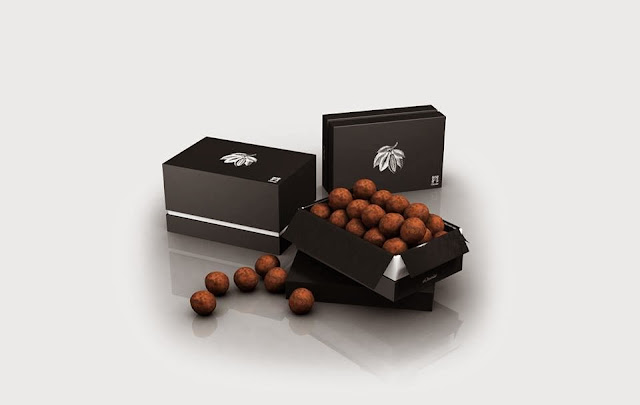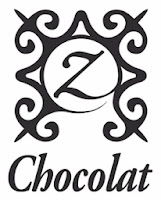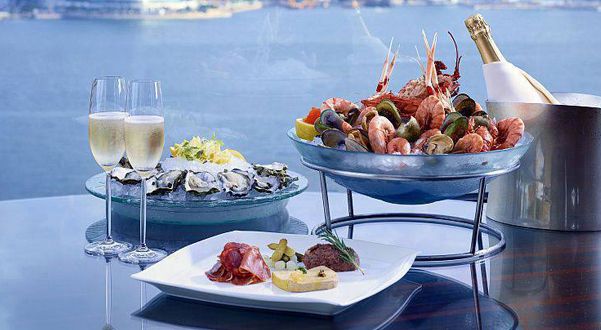In order to become the delectable confection that is universally-loved, cocoa beans must pass through a number of very delicate, time-tested steps and processes. It all starts at the plantation, where cocoa pods containing the precious beans are gathered and opened with a powerful blow of the machete, allowing the precious beans to be extracted. After being fermented in wooden trays, the beans are carefully dried to remove excess water; a process that can take days.
From the tree to the bar
Once this crucial harvesting and conservation process is completed, the beans begin their journey to the buyers that have chosen them. The lengthy voyage starts by boat, from its equatorial origins in Africa, South America, Asia, or the Caribbean concluding primarily in the ports of Europe or North America, where, eventually they are transformed into chocolate.
The rich cargo is inspected upon its arrival at the port before continuing its journey to a variety of chocolate makers. The Chocolate makers' first task is to thoroughly, yet gently wash the beans. The beans are then cooked under the close supervision of a torréfacteur (a master baker who specializes in cocoa), who artfully chooses the optimum temperature and the length of baking to ensure the best and fullest flavours emerge. Any imperfections are meticulously separated and removed from the beans, even the slightest blemish. The beans are then attentively roasted and placed in a mixer, a mechanical mill which reduces the beans to splinters.
This is where the true magic of chocolate making begins, as the pieces of crushed beans are ground finer and finer until they become cocoa paste, which will in turn become either chocolate or cocoa powder.
If the cocoa paste is to become chocolate, sugar is added and then thoroughly blended. It will be further refined and passed through yet another grinder to reduce the granulation of the paste, producing a more homogenous and fluid mixture. Next, the “conchage”; an essential operation which converts this unfinished blend into one which possesses finesse, elasticity and the sublime texture which is so sought after. Conchage consists of passing the cocoa paste, which is stored in large iron basins, through special rollers. The quality of the chocolate is determined both by this operation, which must be carried out quickly, and by the preceding operations.
This meticulous preparation does not stop here because this raw material must be kept stable, otherwise the quality of the chocolate can be compromised and it loses its lustre. The finished mixture is transferred to special reservoir tanks, cooled and stirred continuously at 45°C. The mixture is finally ready to be poured into moulds on a conveyor belt resembling a rolling, constantly oscillating carpet.
This oscillation process is essential in creating a tablet (i.e. bar) that is uniform and without air bubbles. After a final cooling the chocolate is removed from the moulds and is at long last ready to be devoured!
Mutable Chocolate
Chocolate changes its appearance, revealing itself according to the local cultures, societies and tastes which alter it. Let's try to identify each of the ways in which we can consume it:
- Confectionary: sugared, chocolate cream, liqueur, fruity, tea, coffee, herbs, almond pate, caramel, onion (!), hazelnut, almond, nut, pecan, Brazil nut, raisin, nougatine, peanut, malted, Easter eggs, etc.
- In chocolate bars: biscuit, caramel, peanut, cereal, nougat, marshmallow, rice honeycomb/waffle, dried fruits...
- Liquid: ready-to-drink, cold or hot, sports drinks, diet drinks...
- Powder: pure natural cocoa, sugared cocoa, flavoured cocoa, instant cocoa
- Spread: with nuts, with cocoa powder, sugar, cocoa butter, combined with caramel, with jam...
- Cooking chocolate, which is the basic material which chocolate-makers use to create their miraculous products, can also be found in exotic main dishes, such as Molé sauce.
Cocoa and its derivates
Cocoa butter
Cocoa butter is used principally for the production of chocolate and chocolate confections. Cocoa butter possesses the unique quality of solidifying at room temperature and melts at 32-34° Celsius (just below the temperature of the human body). This property gives it a resistance to staleness and rancidity. It is also these qualities which make it such a desirable ingredient in chocolate, and a crucial ingredient in fine chocolate products (as opposed to vegetable oils, which are often substituted in inferior products). Cocoa butter is also in demand as an ingredient in many fine cosmetic products (creams, etc.) and soaps.
Cocoa powder
Cocoa powder is extracted from cocoa liqueur (after the grinding of beans) during the process of removing cocoa butter. Cocoa powder is used in the production of pastries and biscuits, milk drinks, ice creams and in chocolatier's chocolate confections.
Other
In some producing countries (Ghana, Cameroon, Togo...), the empty cocoa pod shells are dried, ground, and then used as animal feed. These shells are also used, in very small quantities, in the production of jams and alcohol.
Adria HIGDON
PR & Special Events Manager
adria@zchocolat.com
+33 (0)4.42.91.43.67 office line
+33 (0)6.29.78.12.76 Mobile
+33 (0)6.29.78.12.76 Mobile
5, rue Fabrot - 13100 Aix-en-provence - FRANCE
Website
Product Catalogue

















No comments:
Post a Comment